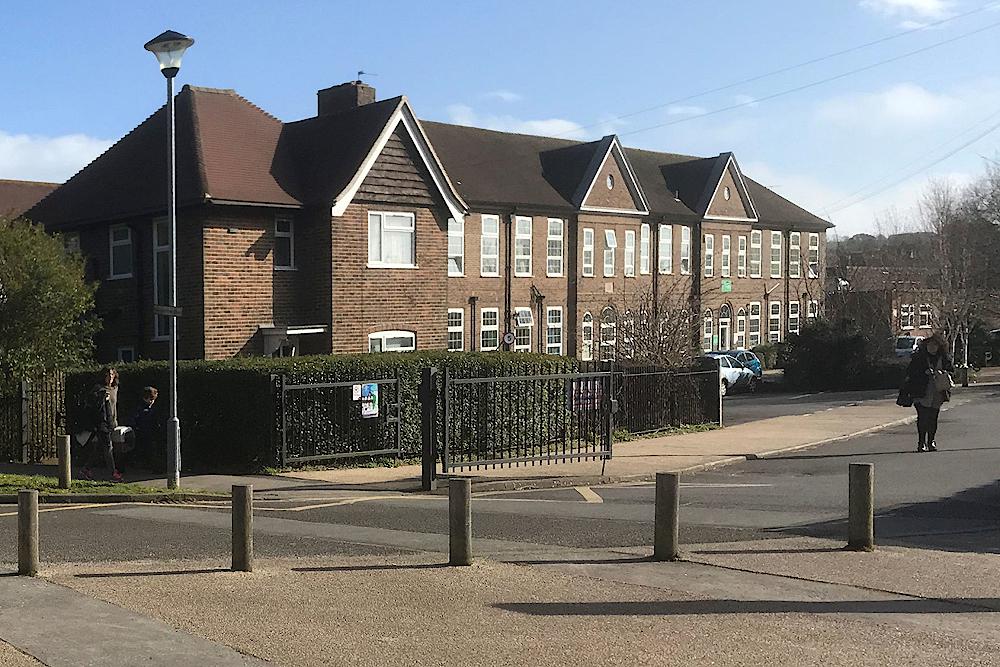
Eight primary schools and one secondary school will have fewer classes from September next year because there are too many places across Brighton and Hove.
Brighton and Hove City Council predicted that there would be 325 spare places this September, rising to 744 if nothing was done.
This could give rise to the risk of the government stepping in and closing a school.
The council based its estimate on the number of children born in Brighton and Hove, members of the council’s Children, Young People and Skills Committee were told this afternoon (Monday 11 January).
The council’s head of schools organisation Richard Barker said that action was needed in areas where there were fewer children although he said that the process was “not an exact science”.
As councillors discussed a public consultation in the autumn, Mr Barker said:
“The committee will read of the strong views that were presented about the proposals in certain areas of the city and the impact that making a change will have on the school, its staff and the community it serves.
“However, the council does need to consider it cannot delay or put off making changes to mitigate the negative impact of fewer children needing places.”
He said that by reducing the number of places rather than closing school buildings, the council could reintroduce classes if numbers were to rise again in the future.
But he warned councillors that there might be a need to reduce school admissions further in the future.
Green councillor Hannah Clare, who chairs the council’s Children, Young People and Skills Committee, said that she went to 10 consultation meetings, at least one for each school affected by the proposed reduction in the published admissions numbers (PAN).
She said that the proposed reductions in the PAN were not a criticism of the schools affected by the planned change.
Green councillor Sarah Nield said:
“After hearing really good and valid reasons from a whole range of schools as to why it shouldn’t be them, we are brought back regrettably to the numbers, and we can’t carry these excess places or just make the necessary cuts just to the schools that want it.
“We don’t want to give any schools the upheaval.
"This has not been fun or what we would want to do, but I don’t see any other way of doing this without jeopardising our ability to provide more school places in the future when our pupil numbers do inevitably rise again.”
Labour councillor Les Hamilton, a retired maths teacher, crunched the numbers and said that, without action, across all schools from reception to year three there would be more than 2,000 spare spaces by 2024.
He said:
“We have a serious problem of too many school places. Schools recognise the problem but, in general, do not regard themselves as part of the solution, seeing themselves as special cases.
“We do not wish to close schools because that would limit our options and we are not allowed to open new schools.”
Conservative councillors backed most of the proposed reductions but voted against reducing West Blatchington Primary School to having just one form of entry because the school had new buildings and a specialist unit for children on the autistic spectrum.
Conservative councillor Vanessa Brown said:
“We are not in agreement with reducing the PAN at West Blatchington.
“This is because the report specifically states that this would leave West Blatchington and North Hangleton with insufficient places if all the children in the neighbourhood opted for their local schools.
“As we actively encourage parents to choose their local school, this does not seem to be right. All the other areas will still have spare capacity.”
Downs Infant School and Balfour and Brunswick primary schools will take 90 pupils from September next year instead of 120.
Stanford Infant School and Goldstone Primary School will admit 60 children instead of 90.
And Benfield, Moulsecoomb and West Blatchington primary schools will have one form of entry – or 30 pupils – rather than two forms or 60 children.
Four of the schools – Brunswick, Downs Infant, Goldstone and Stanford Infant – have often been oversubscribed.
The cut is much bigger at Hove Park School, with the secondary reducing its published admission number from 300 to 180.
A total of 802 people responded to the public consultations in October and November, with 416 responses coming from parents or carers of children directly affected by the proposed changes.
More than half – 488 people – disagreed with the proposal to reduce the PANs, compared with 231 or 29 per cent who backed the cuts.
But even more opposed the prospect of closing an entire school, with 78 per cent wanting to avoid any closures while 13 per cent were in favour.
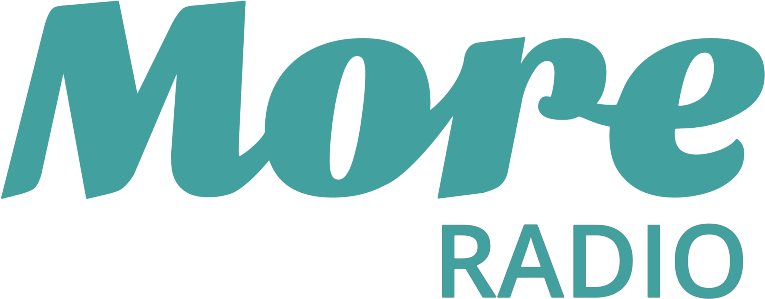
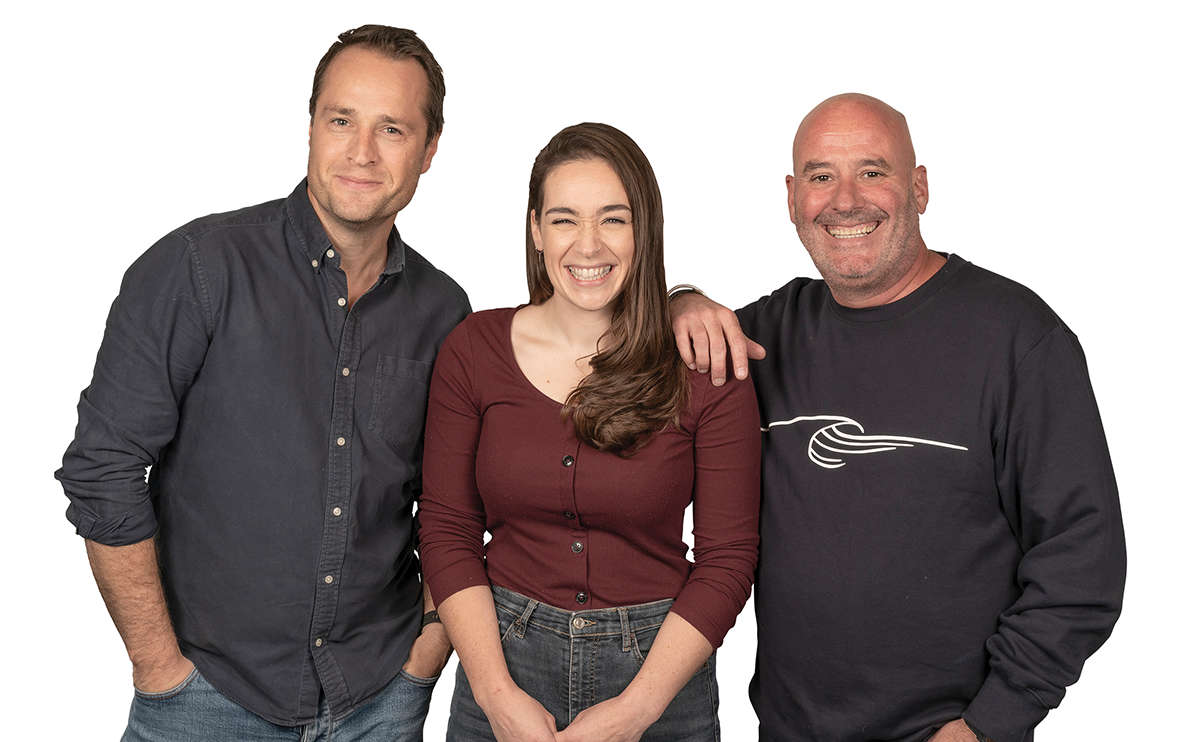
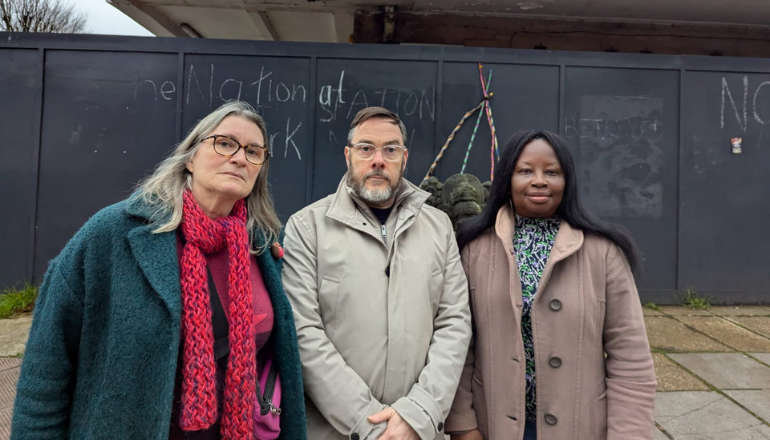 ‘A Kick In The Teeth For Lewes’: Lib Dem MP Expresses Disappointment Over Bus Station Loss
‘A Kick In The Teeth For Lewes’: Lib Dem MP Expresses Disappointment Over Bus Station Loss
 Results For Worthing’s Bathing Water Sites Revealed
Results For Worthing’s Bathing Water Sites Revealed
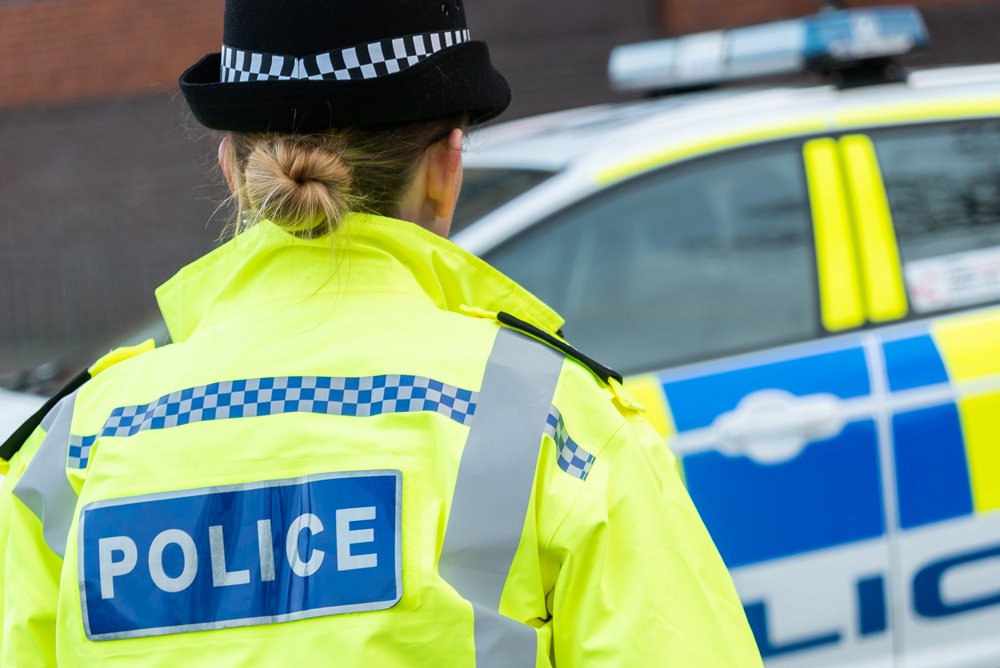 £100,000 Robbery Of Bexhill Mobile Phone Store
£100,000 Robbery Of Bexhill Mobile Phone Store
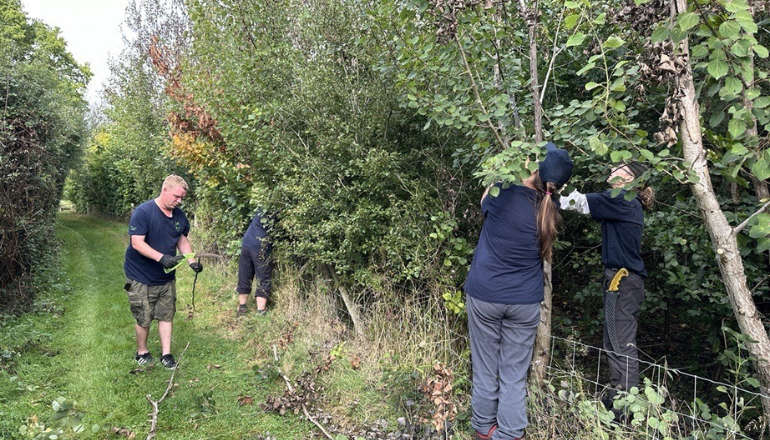 Organisations In Wealden Receive Funding To Help Tackle Inequalities In Physical Activity
Organisations In Wealden Receive Funding To Help Tackle Inequalities In Physical Activity
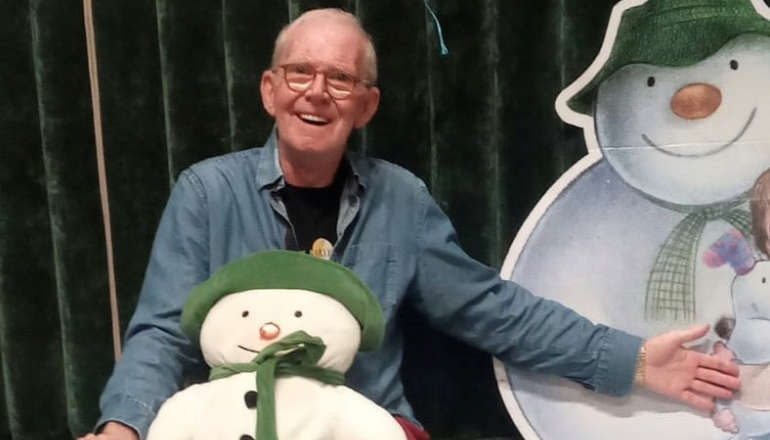 Festive Children’s Stories Brought To Life With Interactive Story Session
Festive Children’s Stories Brought To Life With Interactive Story Session
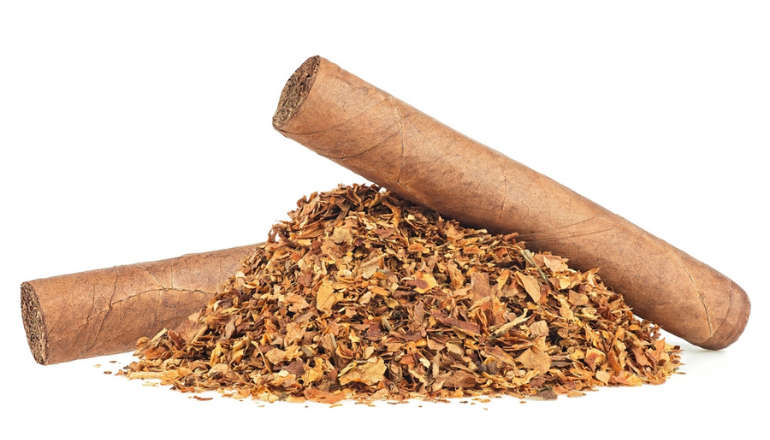 Jail Time For Shop Owner Who Sold Illegal Tobacco
Jail Time For Shop Owner Who Sold Illegal Tobacco
 Funding Boost For Community-Led Waste Prevention Projects In West Sussex
Funding Boost For Community-Led Waste Prevention Projects In West Sussex
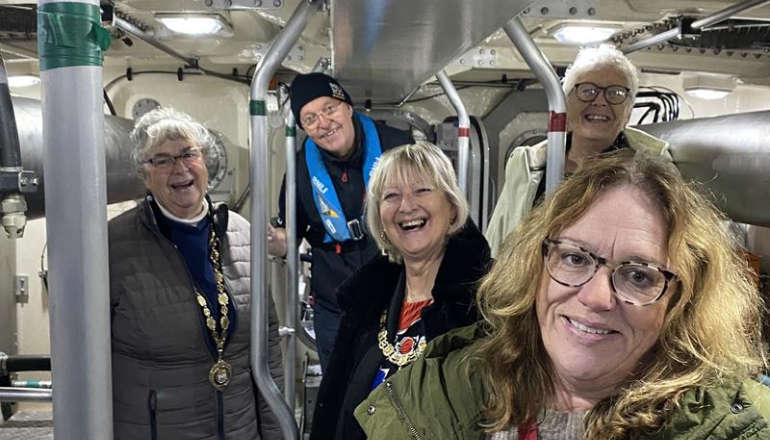 Newhaven RNLI Welcomes Quartet Of Mayors To Share Gratitude
Newhaven RNLI Welcomes Quartet Of Mayors To Share Gratitude
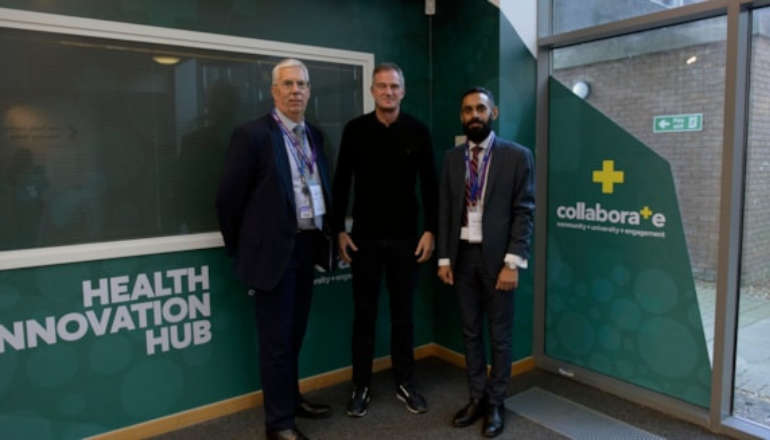 University Of Brighton Launches Health Innovation Hub To Tackle Health Challenges
University Of Brighton Launches Health Innovation Hub To Tackle Health Challenges
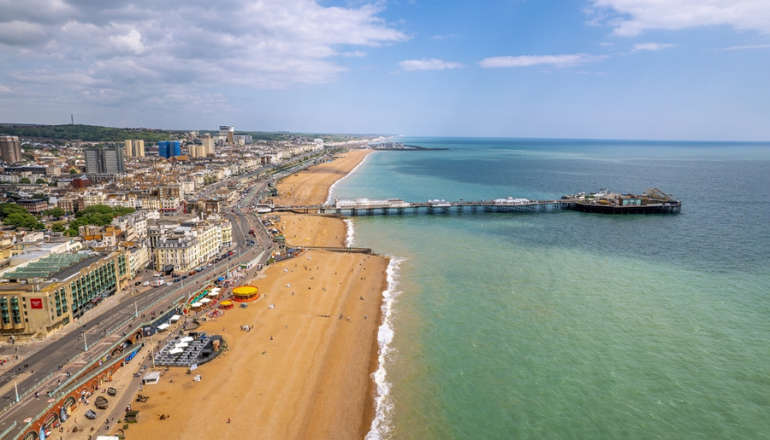 New Residential Care Home For Disabled Children In Brighton
New Residential Care Home For Disabled Children In Brighton
Comments
Add a comment